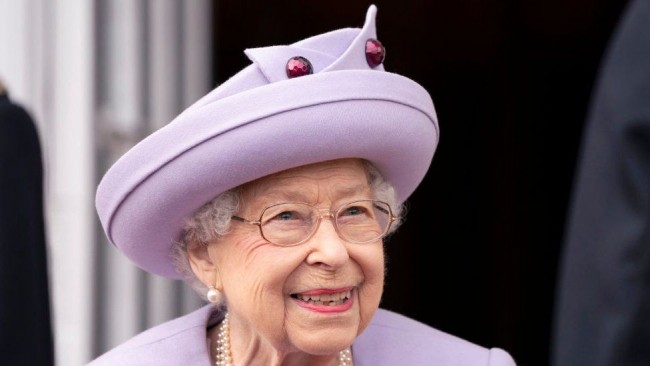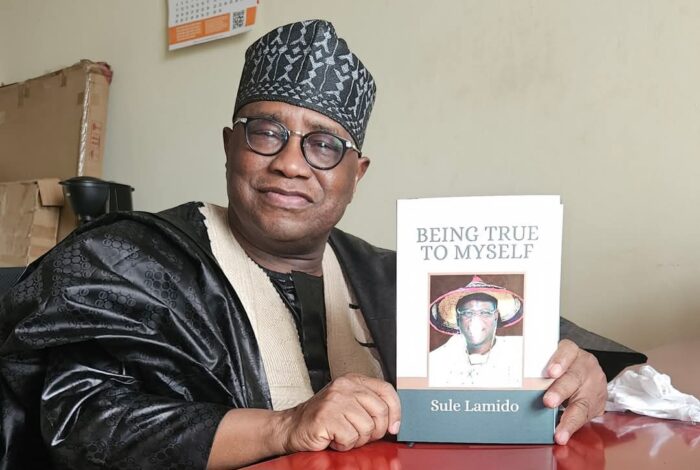
During the 70-year reign of Queen Elizabeth II, through times of turbulence and peace, celebration, controversy and scandal, the monarchy has been an object of fascination.
Elizabeth, who died on Thursday at 96, became Britain’s sovereign in 1952. Her reign, which spanned 15 British prime ministers and 14 American presidents, coincided with tremendous social and cultural change at home and abroad, as its empire overseas fell away.
Her duties were largely ceremonial, but supporters felt that she, and the monarchy, played an important and stabilizing role as the anchor of the country. Critics, on the other hand, considered the institution expensive and increasingly irrelevant in modern life.
Her coronation in 1953 was the first in Britain to be broadcast on television almost from beginning to end, and she struggled throughout her life to balance the norms and traditions with 24-hour news cycles and a far more public age. All the while, she worked to keep intact the public consensus the monarchy needed to survive.
Here are nine books we recommend for a deeper understanding of Elizabeth, her family and her time as Britain’s longest-reigning monarch. — Elizabeth A. Harris
Elizabeth the Queen: The Life of a Modern Monarch,’ by Sally Bedell Smith
This thorough but deferential biography was published to coincide with the queen’s diamond jubilee. Smith — who has also written books about Princess Diana, Prince Charles and various American presidents — “curtsies before the British throne as deeply as a lady-in-waiting,” as wrote Alan Riding in The Times in 2012. Smith consulted public sources, friends and former courtiers of the queen who shared “intimate tidbits (all too often about horses and corgis). But despite that,” Riding goes on, “She faces a problem encountered, I suspect, by other royal biographers. Elizabeth has lived a remarkable life yet one that, quite frankly, is a bit dull to recount. Put differently, her somewhat dysfunctional family has provided far livelier copy.” — Elisabeth Egan
‘Queen of the World: The Global Biography,’ by Robert Hardman
In this 2018 biography, Hardman, a journalist known for his reporting on the royal family, explores the queen’s global standing, her role as the head of the British Commonwealth and her extensive international travels. He catalogs her most significant international trips, and lists some of the memorable gifts she received during her journeys — including a pair of Brazilian jaguars and a baby crocodile, presented in a biscuit tin by a boy in Senegal. He details the byzantine protocols and security measures that were part of her travels to at least 126 nations and territories. “No one is entirely sure how many miles she has traveled,” he writes. “No monarch — perhaps no world leader — has seen as much of the planet and its peoples as Queen Elizabeth II.” — Alexandra Alter
‘The Palace Papers: Inside the House of Windsor — the Truth and the Turmoil,’ by Tina Brown
Even if you think you know all there is to know about the difficult last decade in the life of the royal family — and even if you think you don’t care — you’ll find yourself riveted. This book is Brown at her best: acerbically funny, compassionate, and fully sourced. Ingeniously structured, the narrative has chapters devoted to central players whose stories tell the broader story of the Windsors through their many rises and falls. Brown is particularly sympathetic when it comes to imagining the romantic lives of her protagonists — and everyone here is a protagonist. The result has the exhilaration of real-life gossip, while offering a moving depiction of a family, and a nation, at a moment of monumental change. — Sadie Stein
‘The Queen’s Speech: An Intimate Portrait of the Queen in Her Own Words,’ by Ingrid Seward
Seward, a tireless chronicler of the monarchy, profiles the famously private Elizabeth by analyzing what little she shared with her subjects: seven decades’ worth of speeches. While this may seem like a narrow framework, in fact it’s a savvy workaround. Starting with Elizabeth’s first broadcast in 1940 — a segment on the Children’s Hour directed to young refugees when she was 14 — and continuing through a lifetime’s worth of national highs, lows, and Christmases, Seward manages to paint a surprisingly vivid portrait.
While the author has a wealth of respectful sources, it’s the queen’s words that drive the book. And that’s probably how she’d want it; she was known for the exacting attention she paid to every comma and fully aware of the implications of even the most oblique reference. Her public addresses are probably as close to a memoir as could exist. — Sadie Stein
‘Queen Elizabeth II: Portraits,’ by Cecil Beaton
Beaton, a prominent fashion and society photographer, first received a request to photograph Elizabeth, who was then a teenage princess, some 80 years ago. Over the next three decades, Beaton, who died in 1980, helped to shape the monarchy’s public image through his carefully choreographed and curated portraits. He photographed the queen during some of the most significant moments in her private and public life: in a military uniform as war broke out in England; shortly after the birth of her first child, Charles, and at her coronation in 1953. The book, which contains text by Susanna Brown, a photography curator at the Victoria and Albert Museum, is as much a celebration of Beaton’s talents as of his subject, Elizabeth. — Alexandra Alter
‘Philip and Elizabeth: Portrait of a Royal Marriage,’ by Gyles Brandreth
“Biographers sometimes borrow the attitudes of their subjects,” our critic, Janet Maslin, wrote of this comprehensive examination of the royal union. “Perhaps that is why Gyles Brandreth would like you to know this about the marriage of Queen Elizabeth II and Philip, Duke of Edinburgh: what goes on between them, Dear Reader, is really none of your affair.” However: Brandreth, who knew Prince Philip for 25 years, does “spin little bits of information into long stories” and “ramble reasonably charmingly about royal history.” For instance, Brandreth writes, “Thanks to servants’ tittle-tattle (reliable in this instance) we do know that Prince Philip, in the early days of his marriage, did not wear pajamas.” — Elisabeth Egan
‘Elizabeth and Margaret: The Intimate World of the Windsor Sisters,’ by Andrew Morton
Before they were regal women waving white-gloved hands at adoring crowds, Elizabeth and her sister, Princess Margaret, were a formidable, and occasionally antagonistic pair, leading an “insulated and carefree” life, according to Morton. “The king of royal tea,” as our reviewer described him, may rely on oft-shared sagas (for instance, the particulars of Margaret’s love life), but he makes an important point: The Windsors were regular siblings before they were royals. Morton writes, “The two sisters were contradictory and conflicted, butting heads over matters both small and monumental, but they also loved one another.” — Elisabeth Egan
‘Ninety-Nine Glimpses of Princess Margaret,’ by Craig Brown
Brown’s biography of the queen’s younger sister is as irreverent and untraditional as Margaret herself. Elizabeth figures into the book mainly as a foil, with a “distrust of the unexpected” that contrasts sharply with Margaret’s taste for outlandish remarks, a bohemian crowd, scandal — and vodka and orange juice. As Brown (who recounts his own in-person meeting with the queen) described the monarch: “It was her duty and destiny to be dull, to be as useful and undemonstrative as a postage stamp, her life dedicated to the near-impossible task of saying nothing of interest.” — Joumana Khatib
‘All the Queen’s Corgis: The Story of Elizabeth II and Her Most Faithful Companions,’ by Penny Junor
Everything you always wanted to know about royal corgis but were afraid to ask! The biting of footmen! The pack power struggles! The nipping at foreign dignitaries! The illicit liaisons! (A corgi who shall remain nameless mated with one of Margaret’s dachshunds, resulting in several “dorgis.”) From the time she was 7, the future queen had a Welsh corgi trotting at her heels. Her hands-on affection for her pets — she fed and walked them, even traveled with them — provides a rare window into her life, or, at any rate, those of Candy, Disco, Pundit (yes, really), Vulcan and their generations of predecessors. — Sadie Stein
NYTimes


